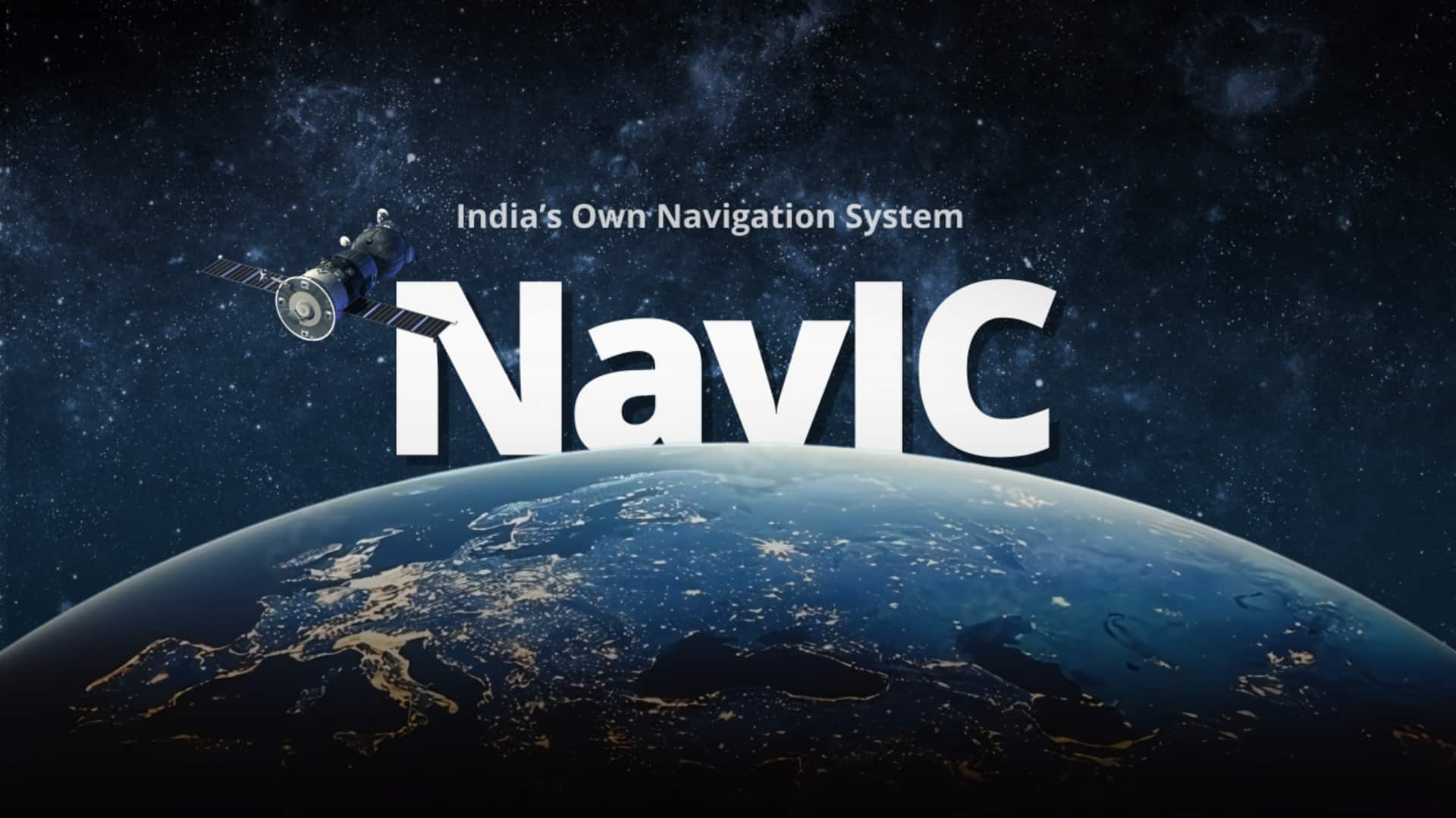
How Modi government plans to replace US's GPS in India
What's the story
The Indian government has introduced comprehensive standards for Navigation with Indian Constellation (NavIC) receivers. The move is aimed at promoting the use of this satellite navigation system, developed by the Indian Space Research Organisation (ISRO), in all location-based services, navigation devices, and mobile apps in India. The new framework, developed by the Bureau of Indian Standards (BIS), will ensure that all NavIC-compatible devices consistently meet accuracy, testing, and performance benchmarks.
Standardization
Standards ensure consistent performance across various sectors
The BIS standards for NavIC receivers define the parameters for signal acquisition, tracking capability, positioning accuracy, timing precision, as well as resistance to interference. This technical foundation ensures uniform and reliable performance across sectors like transportation, disaster management, agriculture, and digital infrastructure. The plan is part of India's broader strategy to create a self-reliant satellite navigation ecosystem after being denied access to high-precision GPS data during the 1999 Kargil conflict.
Self-reliance
India joins ranks of nations with established satellite navigation systems
The introduction of standards for NavIC receivers places India alongside other major economies with their own satellite navigation systems, such as the US (GPS), Europe (Galileo), Russia (GLONASS), and China (BeiDou). This move reflects a strategic shift toward self-reliance in space infrastructure. Unlike GPS, which is a global navigation system run by the US Department of Defense, NavIC is under Indian civilian control and tailored to domestic needs.
Evolution
NavIC's journey from IRNSS to fully operational system
Earlier known as the Indian Regional Navigation Satellite System (IRNSS), NavIC was approved by the Indian government in 2006. It was renamed in 2016 after the completion of its first seven-satellite constellation. The system became fully operational in 2018 with a replacement satellite due to failure of atomic clocks on an earlier one. Now, all certified receivers must support ISRO's civilian Standard Positioning Service signals transmitted in L1, L5, and S frequency bands for wide compatibility across terrains.
Benchmark
Certification for NavIC receivers voluntary
The BIS standards require a minimum position accuracy of 1.5 meters and timing precision of 50 nanoseconds, along with clear steps for laboratory testing using Global Navigation Satellite System (GNSS) simulators and electromagnetic compatibility assessments. R.K. Bhatnagar, Director General at VOICE, said certification for NavIC receivers is voluntary now but their success will be reflected in the number of certifications obtained. He added this is just the first step toward widespread adoption across commercial and strategic applications.